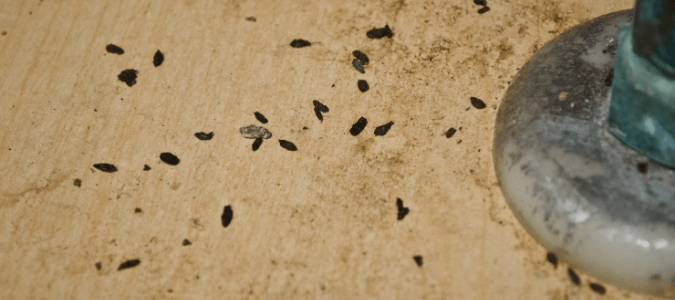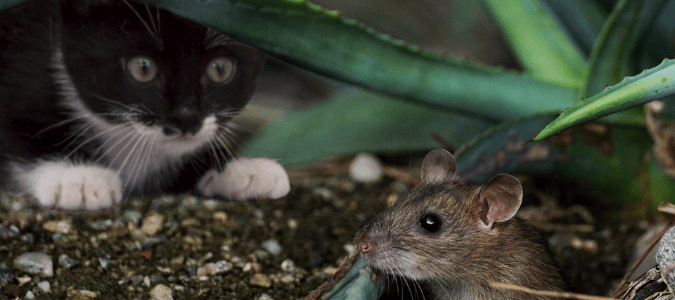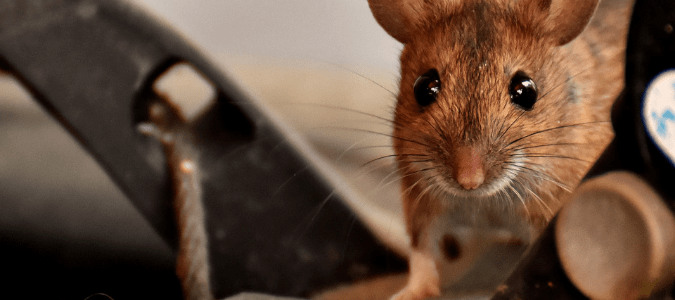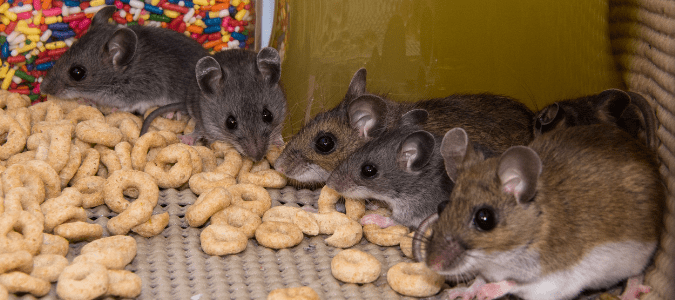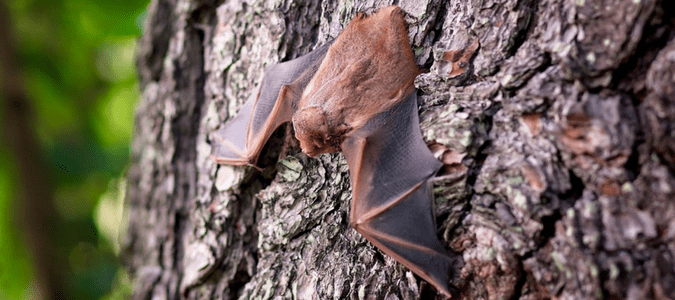Are There Squirrels or Rats in My House?
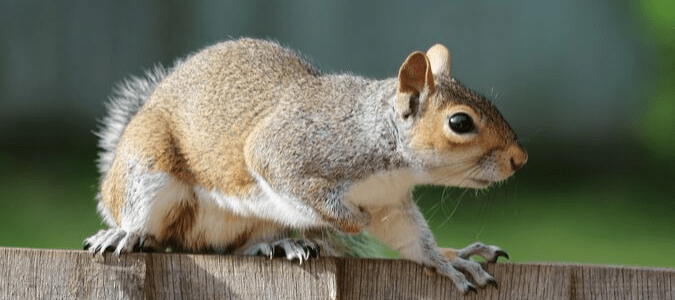
Squirrels may be cute to some, but they can also cause as much damage as many other pests. Like rats, squirrels are also rodents. Both animals are clever and enjoy chewing on a variety of items. This also means both creatures can leave quite a mess if they get into your home. Nonetheless, there are some differences you can look out for to help determine whether you have a squirrel problem versus a rat problem.
Appearance
While they are both small, furry, brownish or grey-colored animals that have small ears, there are a few differences. Squirrels are generally a bit larger than rats, and their eyes are usually a bit bigger. Squirrels also usually have a more distinct division between their heads and bodies than rats do.
The types of squirrels that are most often found in neighborhoods can grow to around 18 inches to over 2 feet long, on average. Meanwhile, most … Read Full Post »
